Iceland has become one of the world’s most sought-after destinations, with travelers flocking to its otherworldly landscapes and unique natural features. While the Blue Lagoon certainly deserves its fame, focusing solely on this geothermal spa means missing out on countless other remarkable experiences across this Nordic island nation.
Here is a list of 19 unforgettable Icelandic experiences that showcase the country’s diversity beyond its most famous attraction.
Þingvellir National Park
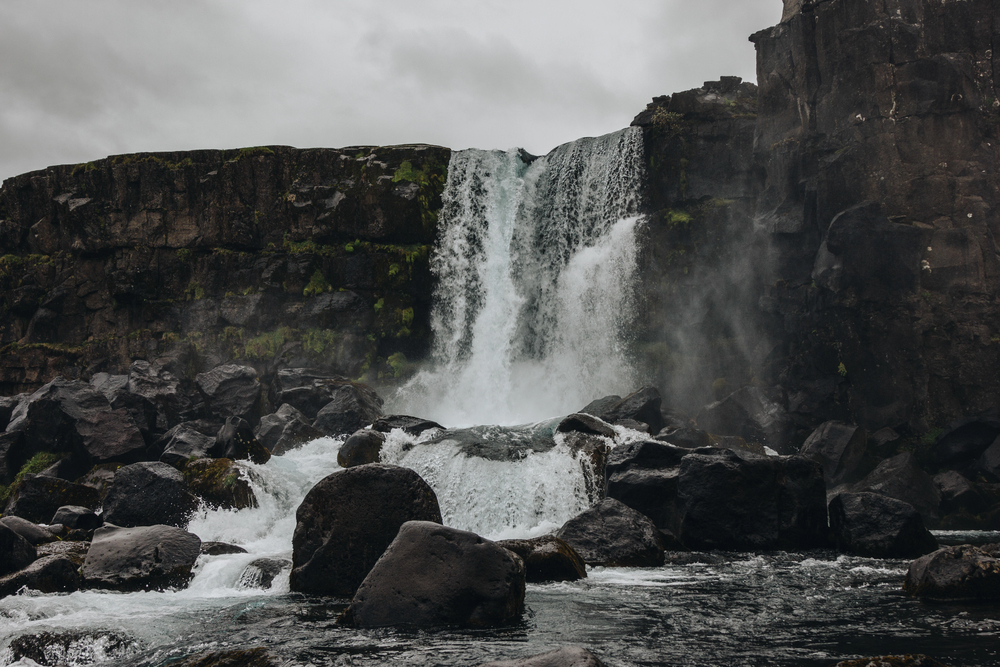
This UNESCO World Heritage site offers the rare opportunity to walk between two continental plates. The dramatic rift valley marks where the North American and Eurasian tectonic plates slowly pull apart at about an inch per year.
The site also holds profound historical significance as the location of Iceland’s first parliament, established in 930 AD, making it both a geological marvel and the birthplace of the world’s oldest ongoing democratic institution.
Black Sand Beaches
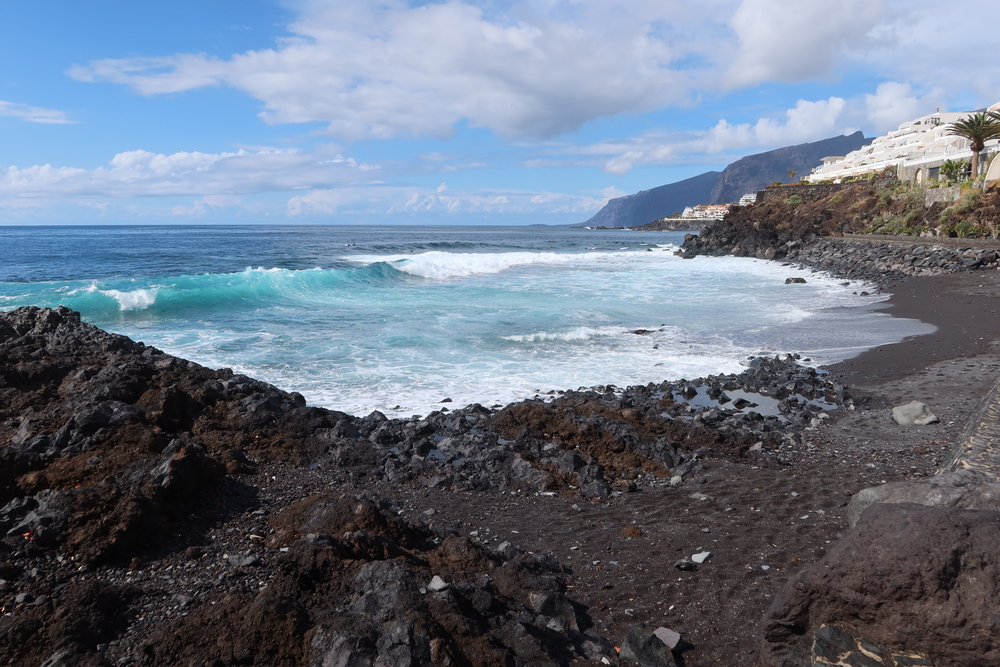
Reynisfjara near the town of Vík showcases nature’s artistic side with its striking contrast of jet-black sand against white ocean foam. Massive basalt columns rise from the shore like geometric sculptures created by some ancient civilization.
The beach’s raw beauty comes with real danger, though, as powerful sneaker waves can appear without warning, adding a thrilling edge to this stunning landscape, one that demands respect.
Like Travel Pug’s content? Follow us on MSN.
Snæfellsjökull Glacier
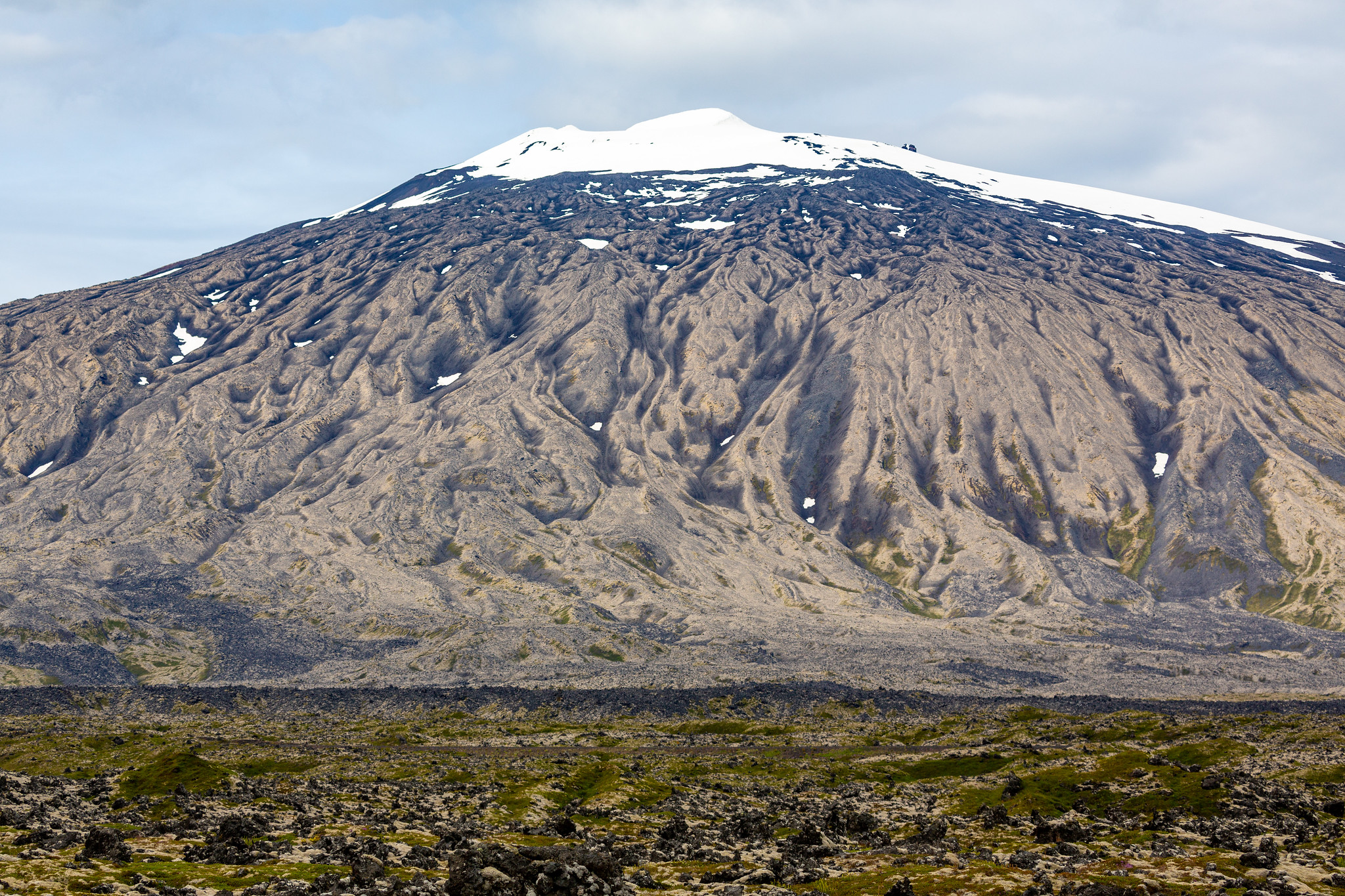
This iconic glacier-capped volcano served as the entry point to the center of the Earth in Jules Verne’s classic novel. Standing at 4,744 feet, the glacier dominates the landscape of the Snæfellsnes Peninsula and carries a mysterious energy that has attracted mystics and spiritual seekers for generations.
On clear days, the glacier is visible from Reykjavík, despite being nearly 80 miles away. It serves as a constant reminder of Iceland’s volcanic heritage.
Jökulsárlón Glacier Lagoon
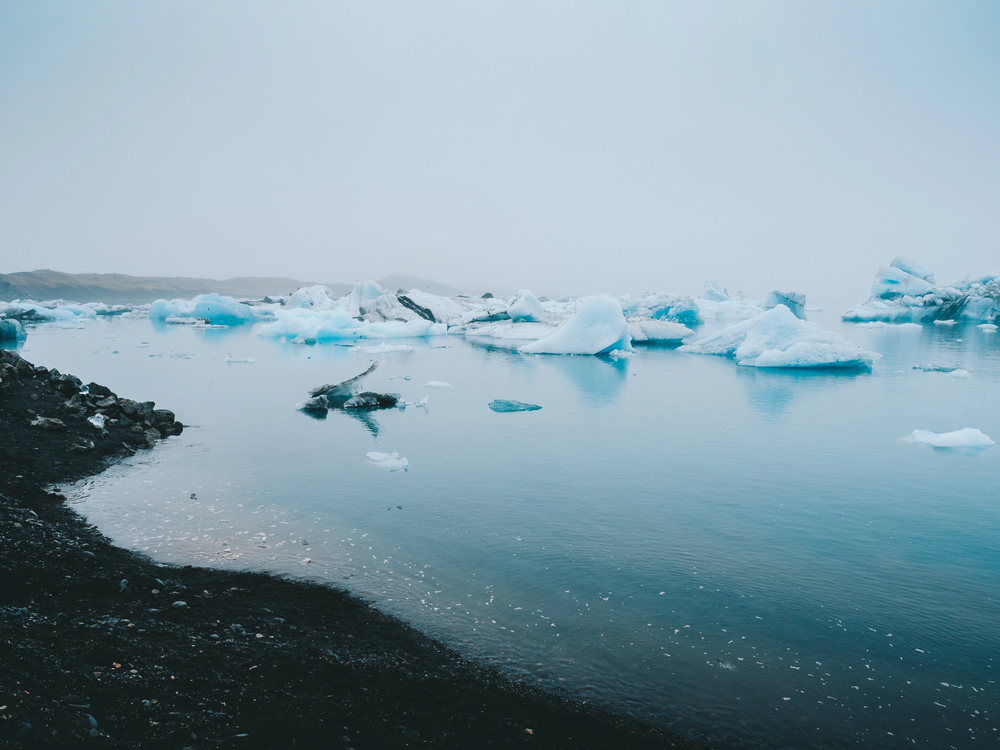
Electric blue icebergs drift serenely through this glacial lagoon, creating a constantly changing natural sculpture garden. The ice breaks off from Breiðamerkurjökull glacier and slowly makes its way toward the Atlantic Ocean, with some pieces washing back onto the nearby Diamond Beach.
The contrast of ancient blue ice against black sand creates a photographer’s paradise that shifts throughout the day as light conditions change.
Dettifoss Waterfall
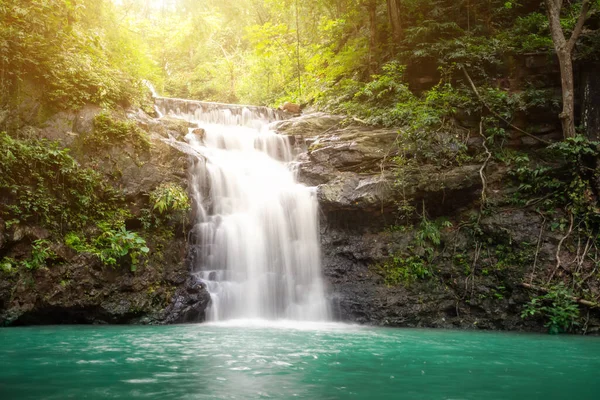
Europe’s most powerful waterfall thunders with a force that makes the ground tremble beneath your feet. Over 132,000 gallons of water crash down every second, creating a constant mist that forms rainbows on sunny days.
The stark, lunar-like landscape surrounding the falls heightens the sense of raw natural power, making visitors feel tiny against the immense forces that have shaped Iceland over millennia.
Like Travel Pug’s content? Follow us on MSN.
Midnight Sun Experience
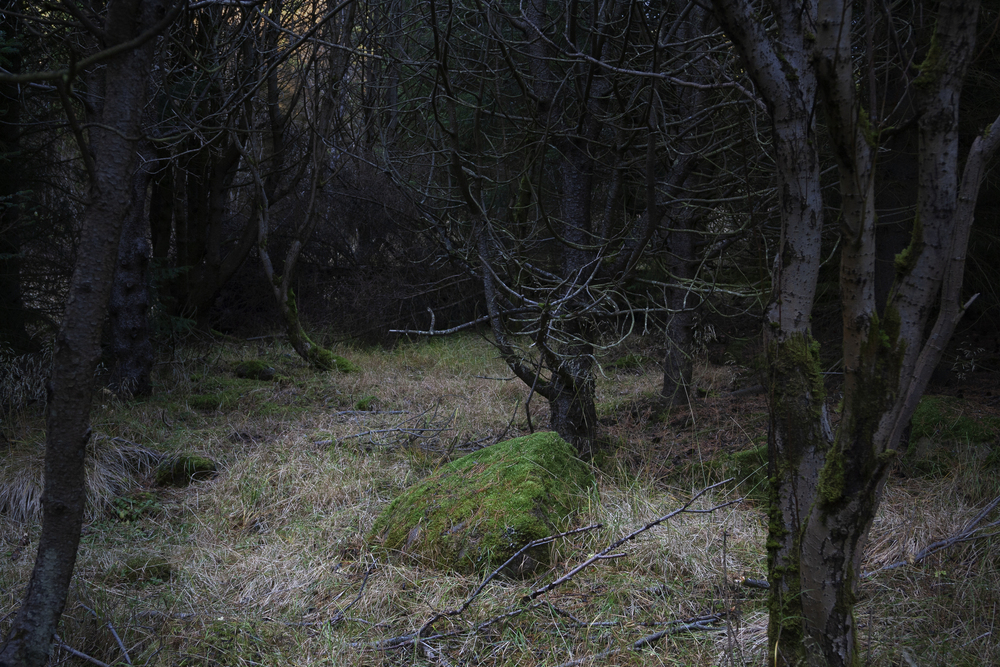
During summer months, Iceland’s night sky transforms into a surreal twilight that never fully darkens. This natural phenomenon allows for round-the-clock adventures and creates perfect conditions for photographers seeking otherworldly lighting.
Hiking under the midnight sun provides a disorienting yet magical experience as your body clock struggles to reconcile bright skies with late hours, creating memories that feel dreamlike in their peculiarity.
Askja Caldera
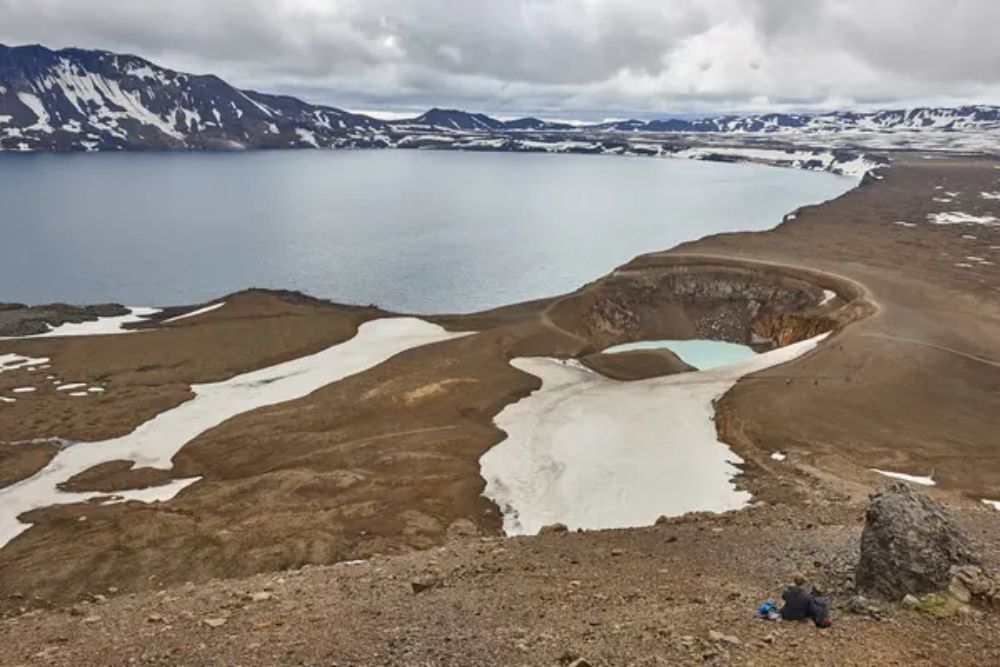
This remote volcanic crater in the central highlands contains a milky-blue geothermal lake surrounded by an apocalyptic landscape. The caldera formed during a massive eruption in 1875 and was later used to train Apollo astronauts for lunar missions due to its resemblance to the moon’s surface.
The journey to this isolated wonder requires a serious 4×4 vehicle and river crossings, making the destination feel genuinely earned upon arrival.
Icelandic Horse Riding

These distinctive five-gaited horses have remained genetically isolated for over 1,000 years, making them unique worldwide. Smaller than other horse breeds but extraordinarily strong, they offer a special fifth gait called tölt—a smooth running walk that feels like floating across the landscape.
Riding these intelligent animals through lava fields and across rivers connects visitors to Iceland’s Viking heritage in a visceral, unforgettable way.
Like Travel Pug’s content? Follow us on MSN.
Silfra Fissure Snorkeling

The opportunity to swim between continental plates exists only in Iceland, where the crystal-clear waters of Silfra offering visibility of more than 300 feet underwater. The water, filtered through lava rock for decades, is so pure that visitors can safely drink it during their swim.
The sensation of floating between America and Europe while gazing down into the seemingly bottomless blue depths creates a profound connection to planetary geology that few experiences can match.
Raufarhólshellir Lava Tube
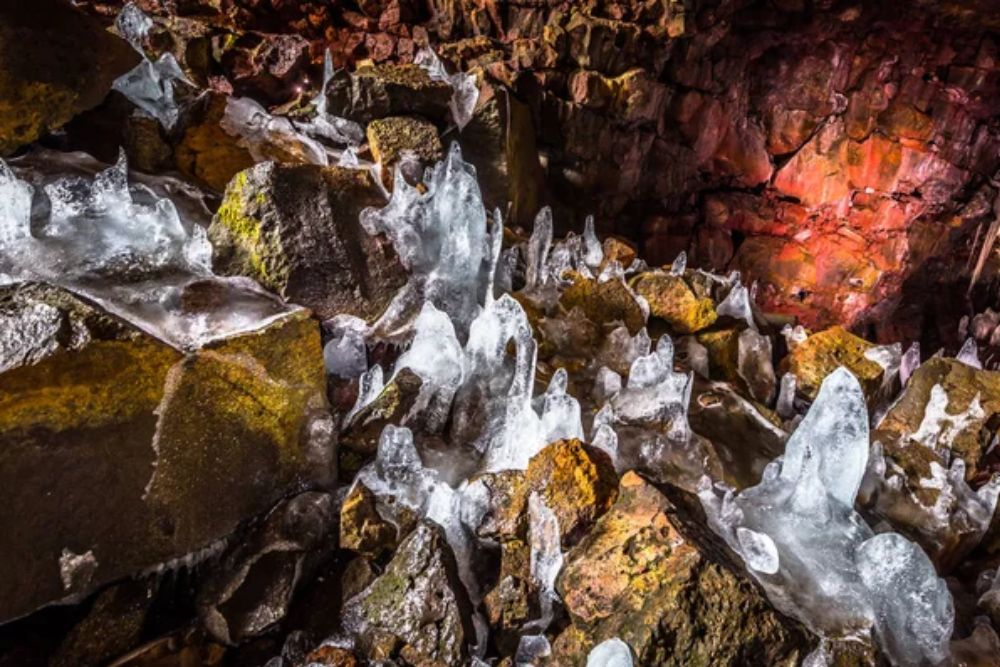
This massive underground tunnel, formed during an eruption 5,200 years ago, stretches nearly a mile beneath the surface. Colorful mineral deposits paint the ceiling with reds, yellows, and greens, while winter brings spectacular ice formations to the cave entrance.
Walking through this hollow artery of the earth provides insight into how Iceland continues to form through volcanic activity, with the smooth walls recording the ancient flow of molten rock.
Local Wool Sweater Shopping

The iconic Icelandic lopapeysa sweater represents centuries of practical adaptation to harsh conditions. Made from locally produced wool containing water-resistant long fibers and insulating short fibers, these sweaters keep Icelanders warm even when damp.
Each handmade garment features distinctive patterns around the yoke, connecting wearers to an unbroken craft tradition that predates most modern nations.
Like Travel Pug’s content? Follow us on MSN.
Hvítserkur Sea Stack
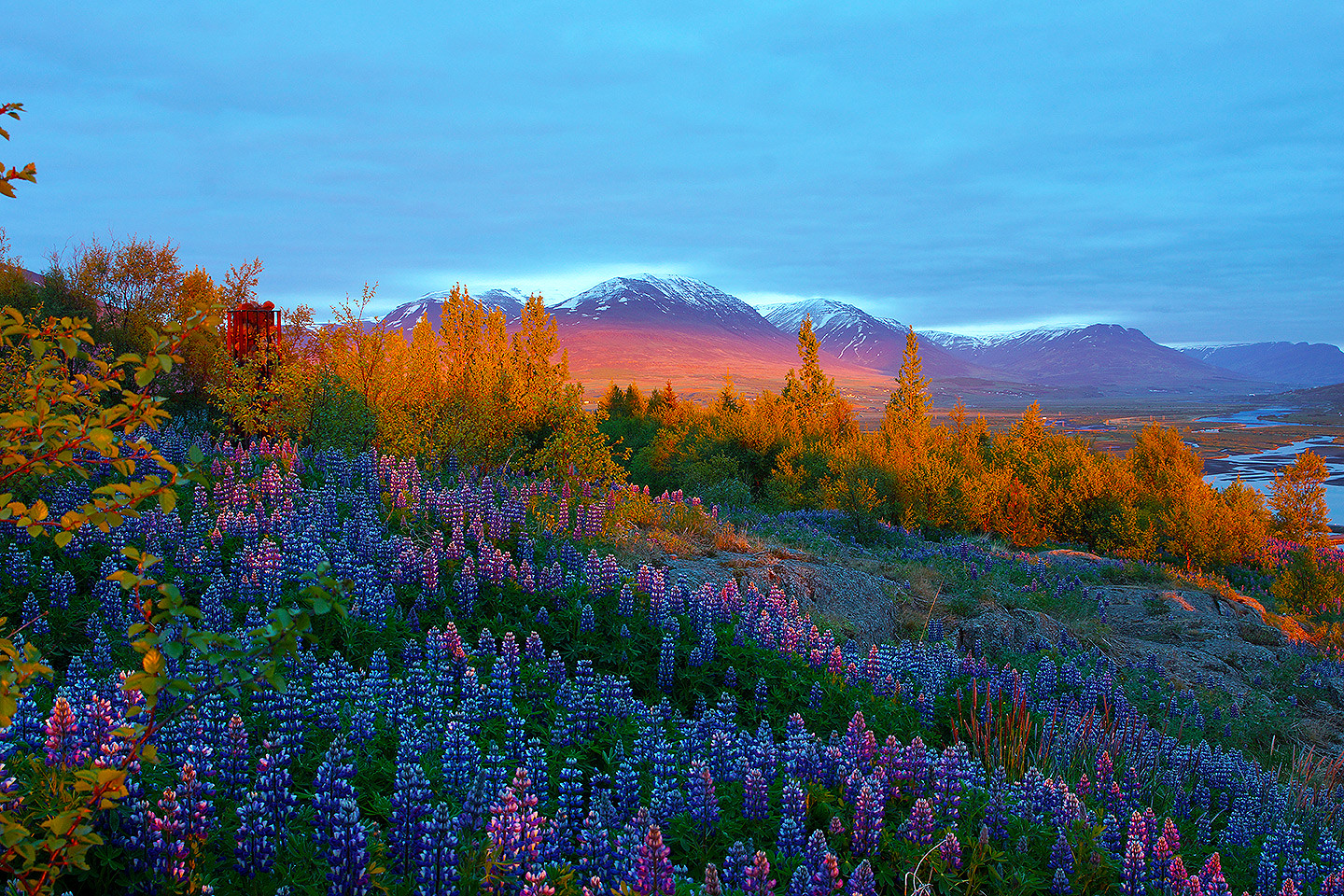
This 50-foot basalt rock formation resembles a drinking dragon or prehistoric creature rising from the sea. Local folklore claims it’s a petrified troll caught by daylight while attempting to destroy a monastery.
The structure stands in stark relief against the water of Húnaflói bay, especially at sunrise or sunset, when shadows enhance its creature-like silhouette.
Westfjords Exploration
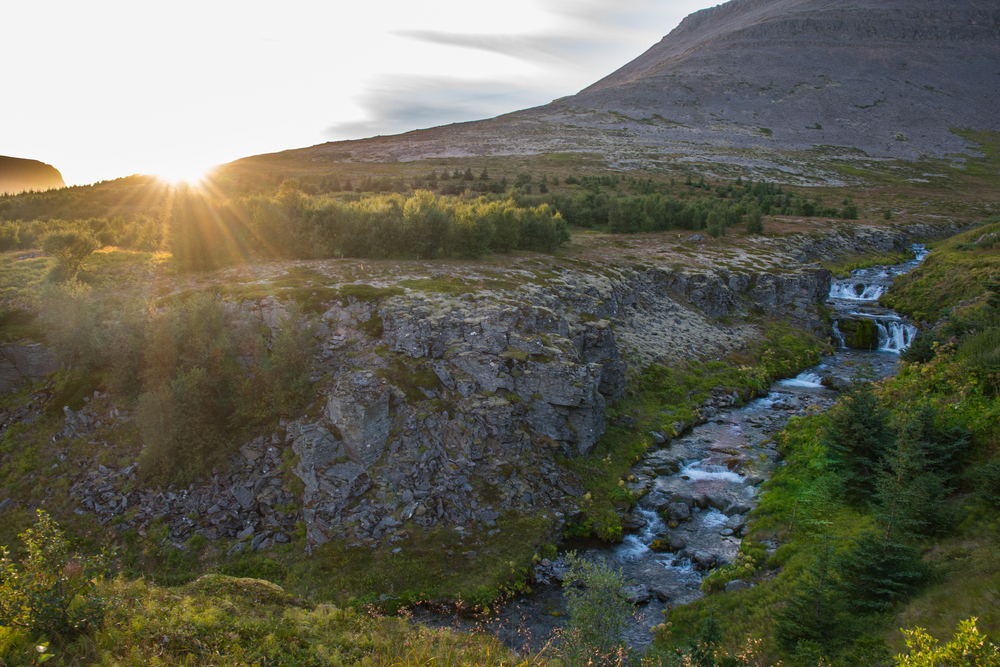
This remote northwestern region remains Iceland’s least visited area despite containing some of its most dramatic landscapes. Sheer cliffs plunge directly into the sea, creating habitats for millions of seabirds, including puffins at the Látrabjarg cliffs.
The region’s isolation has preserved traditional ways of life that have disappeared elsewhere, offering glimpses into Iceland’s past in tiny fishing villages that feel frozen in time.
Icelandic Food Adventures
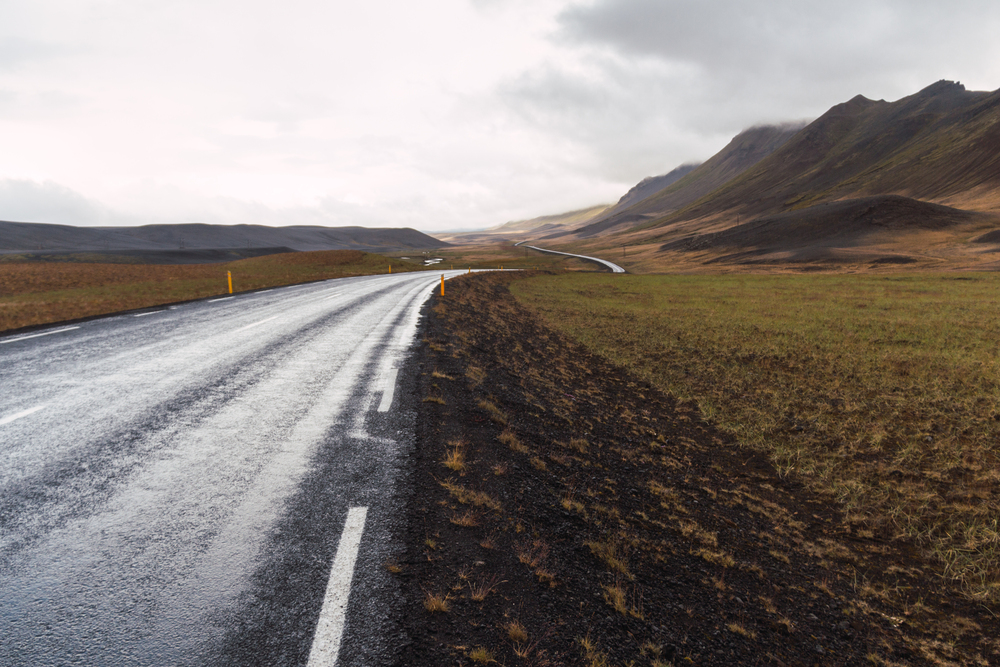
Traditional Icelandic cuisine reflects the creativity of people surviving in a harsh environment with limited ingredients. Hákarl (fermented shark) offers brave eaters a powerful taste experience, often followed by a shot of Brennivín schnapps to wash it away.
More approachable delicacies include freshly caught Arctic char, lamb soup simmered with herbs, and skyr—a protein-rich dairy product similar to yogurt but technically a soft cheese.
Like Travel Pug’s content? Follow us on MSN.
Northern Lights Hunt

Iceland’s dark skies provide the perfect canvas for the aurora borealis to paint its ethereal light show from September through April. The dancing green, purple, and sometimes red lights appear when solar particles interact with the Earth’s atmosphere, creating displays that have inspired awe throughout human history.
Witnessing this phenomenon often triggers a deep emotional response that transcends rational understanding, even for scientifically minded visitors.
Reykjadalur Hot Spring River

Unlike developed spa facilities, this natural hot river allows visitors to find their perfect temperature by moving upstream or downstream. The hour-long hike through steaming valleys to reach the bathing area builds anticipation for the reward awaiting the destination.
Soaking in naturally heated water surrounded by mountains and open sky offers a more authentic connection to Iceland’s geothermal wonders than any man-made facility could provide.
Fjaðrárgljúfur Canyon
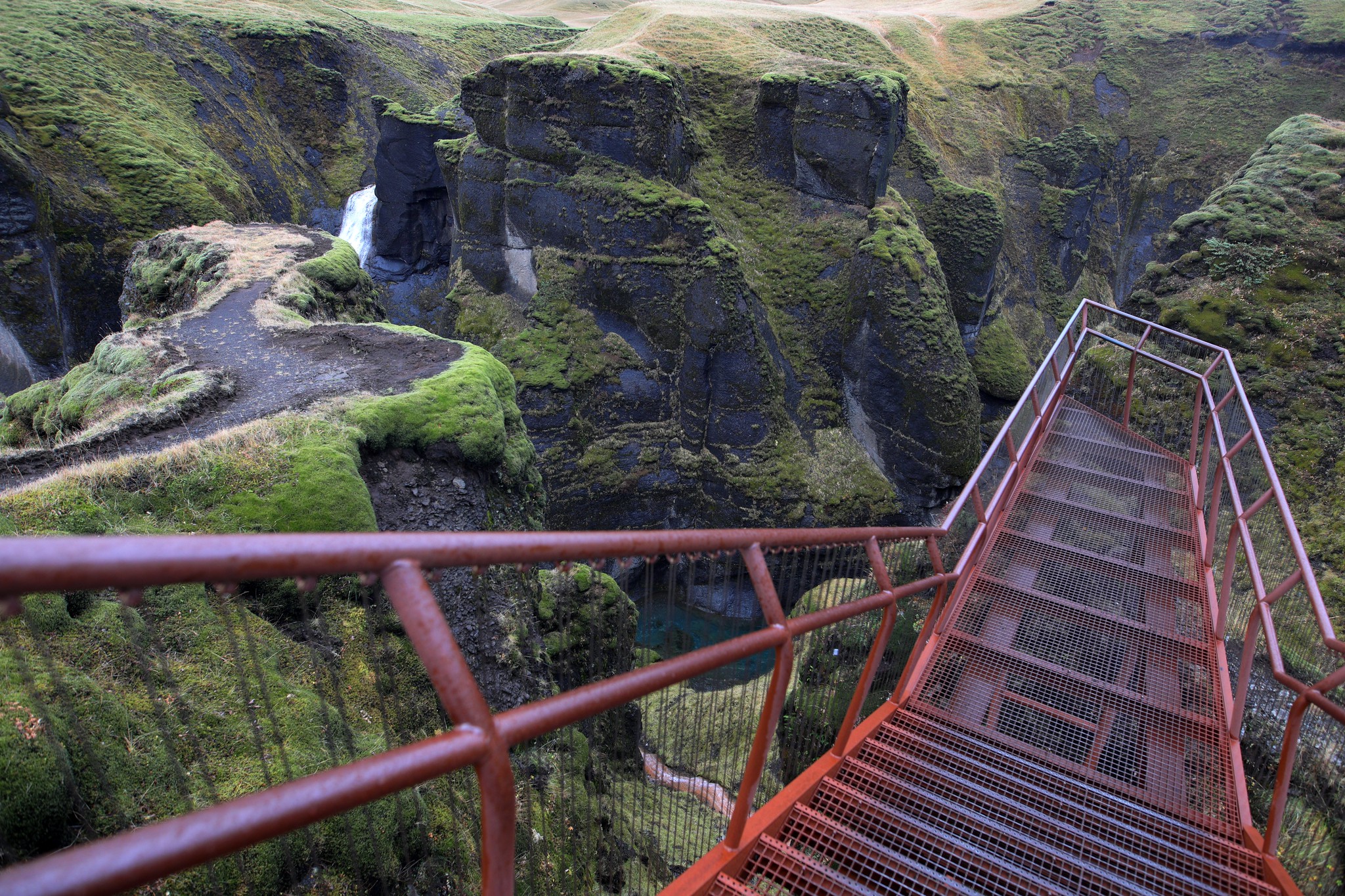
This ancient canyon stretches nearly 1.5 miles with walls reaching heights of 330 feet. The serpentine river path below has carved spectacular formations over two million years of persistent erosion.
Walking the rim path provides vertigo-inducing views that showcase the sheer scale of geological time, with each layer of rock representing thousands of years in Earth’s history.
Like Travel Pug’s content? Follow us on MSN.
Dynjandi Waterfall

Unlike Iceland’s more forceful falls, Dynjandi (meaning ‘thunderous’) cascades elegantly over multiple tiers resembling a bridal veil. The waterfall begins 328 feet up and gradually widens as it descends, creating a mesmerizing geometric effect.
Landmannalaugar Hiking

The rhyolite mountains of this highland region display impossible-seeming colors—rusty reds, sulfur yellows, moss greens, and obsidian blacks—created by minerals in the volcanic landscape. Hot springs bubble alongside frigid glacial streams, offering natural hot tubs for hikers to soothe tired muscles.
The contrast between harsh terrain and delicate beauty encapsulates Iceland’s fundamental nature as a land of extremes in perfect, precarious balance.
Beyond the Expected
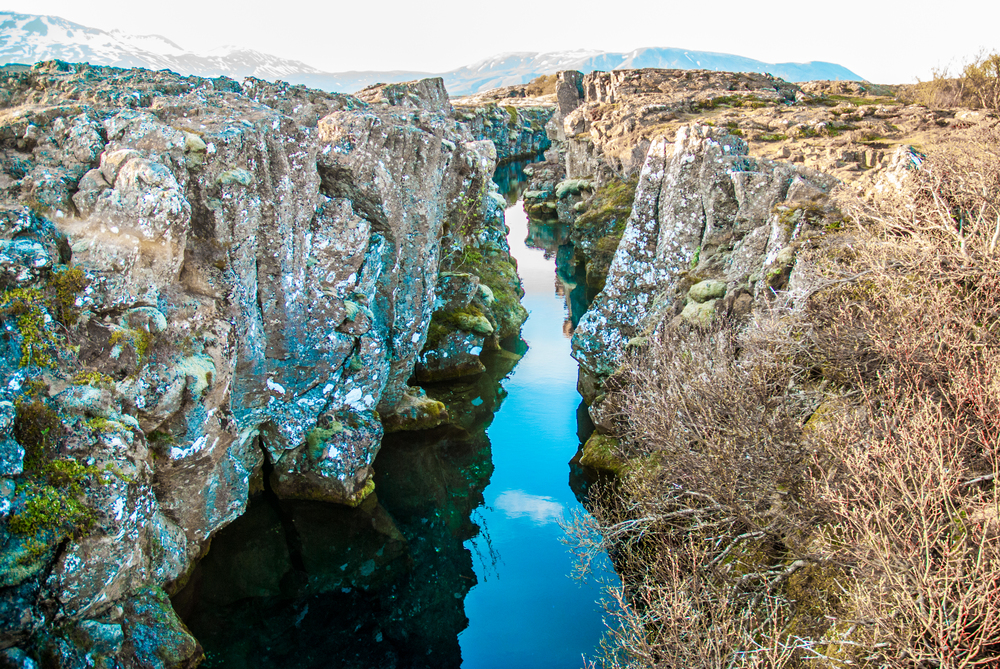
Iceland’s true magic lies in these lesser-celebrated experiences that connect travelers to the raw elements that shape both the landscape and the people who live there. Unlike heavily developed attractions, these places and activities reveal Iceland’s authentic character through direct engagement with its extraordinary natural features and cultural traditions.
The island continues to evolve through volcanic activity, just as its tourism gradually expands beyond established highlights—rewarding those willing to venture past the familiar blue waters that dominate social media feeds.
More from Travel Pug

- Cities Growing so Fast You Won’t Recognize Them in 10 Years
- 13 Destinations Where Tourists Regularly Regret Their Trip
- 16 U.S. Cities That Are Quietly Becoming Travel Hotspots
- Where to Travel If You Love Long Bus Rides and Daydreams
- 20 Cities Perfect for Solo Travelers Who Crave Adventure & Culture
Like Travel Pug’s content? Follow us on MSN.
